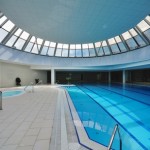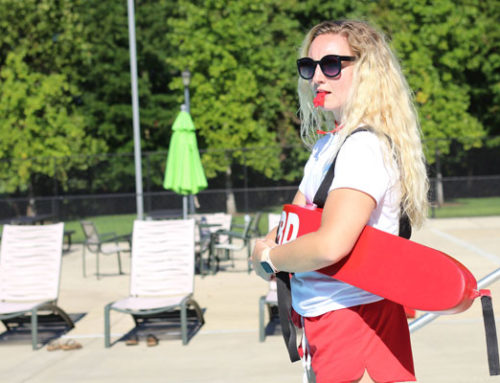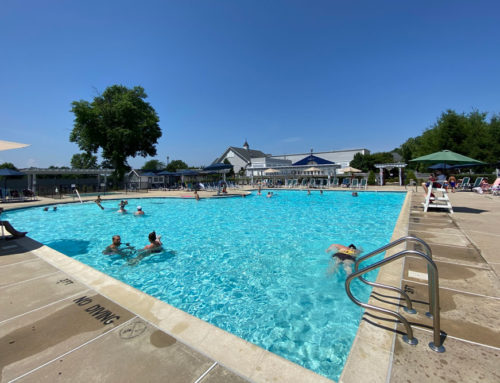Commercial pool directors looking for sustainable and potentially money-saving methods, look into how to heat your pool with solar power. Recreation Management magazine stated that the technology could not only cut costs, but could also decrease pool maintenance, since the units require very little care.
The amount of electricity and gas needed to run electric resistance heaters and gas fired boilers can be one of the biggest cost concerns of commercial pools. Recreation Management magazine pointed out that the constantly fluctuating gas prices have made pool heating difficult for facilities using natural gas heaters, which makes annual budget planning difficult. Many pool directors face the problem of heating the water without going over budget.
Use the sun
According to the Illinois Smart Energy Design Assistance Center, solar thermal technology uses collectors both glazed and unglazed, that will equal 50 percent to 100 percent of the surface area of the pool. Depending on the size of your pool and budget, solar thermal may be a viable option that can pay for itself in a few years. However, if you have a large pool, the initial installation costs are high, so working with a pool construction professional will be critical to the success of the project.
If your pool can take advantage of solar heating, it’s a great and sustainable method of providing swimmers with the ideal water temperature. The sun provides free energy and the units will eventually pay for themselves. Property managers won’t have to worry about fluctuating gas prices or drawing too much electricity. Additionally, swimmers will appreciate the facility’s stride toward renewable energy.
It’s all about location
Of course, facilities that can position their solar panels to receive the most sunshine will reap the most benefits of solar power. Therefore, swimming pools that have high fluctuations in daytime and nighttime temperatures will be most challenged and benefit the most from the use of solar thermal heating. SEDAC pointed out that a secondary form of heating may be required, even if solar thermal collectors are installed. However, it can cut costs and lower the need to use the other heating option.
Recreation Management magazine also noted that solar heating systems depend on a variety of factors, from sun exposure, to local weather conditions, orientation of the pool, wind patterns, blanket usage, variations in the pool and more.
If you’re interested in installing solar thermal technology in your commercial pool, reach out to pool maintenance services to assess whether your facility can save money. It’s a big decision and there are many aspects to consider, so get as much advice as possible before peak season.






